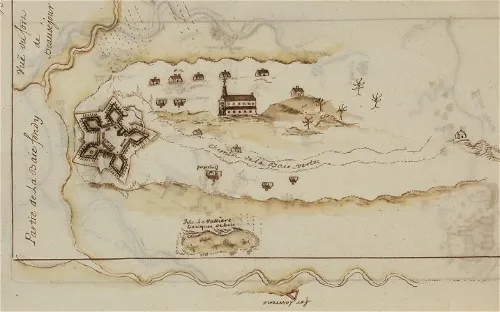Fort Beauséjour – Fort Cumberland National Historic Site offers visitors an insightful look into Canadian and North American history. Located in Aulac, New Brunswick, this well-preserved 18th-century fort provides a tangible connection to the region's colonial past.
The site's main draw is its historical significance, having played a crucial role in the struggles between the French and British for control of North America. Visitors can explore the fort's earthworks, ruins, and reconstructed buildings, which give a good sense of its original layout and purpose.
The museum within the visitor center houses a collection of artifacts and informative displays that help contextualize the fort's history. Many visitors appreciate the educational value, especially for those interested in military history or the colonial era.
The site offers guided tours, which receive positive feedback for the knowledgeable and engaging staff. These tours enhance the visitor experience by bringing the fort's history to life through stories and explanations.
The panoramic views from the fort are often mentioned as a highlight, offering sweeping vistas of the surrounding Tantramar Marshes and the Bay of Fundy. This scenic setting adds to the overall appeal of the site.
On the downside, some visitors note that the site can feel a bit bare, especially if one is expecting fully restored buildings. The ruins and earthworks, while historically significant, may not be as visually impressive to all visitors.
Additionally, the remote location means that facilities are limited. Some reviewers mention the lack of food options on-site, so it's advisable to bring snacks or plan meals accordingly.
Weather can also impact the experience, as much of the site is outdoors. Visiting on a rainy or very windy day might detract from fully enjoying the outdoor portions of the fort.
Overall, Fort Beauséjour – Fort Cumberland National Historic Site offers a solid educational experience for history enthusiasts and those interested in learning about Canada's colonial past. While it may not have the grandeur of some larger, fully restored forts, its authenticity and historical significance make it a worthwhile visit for many.


















